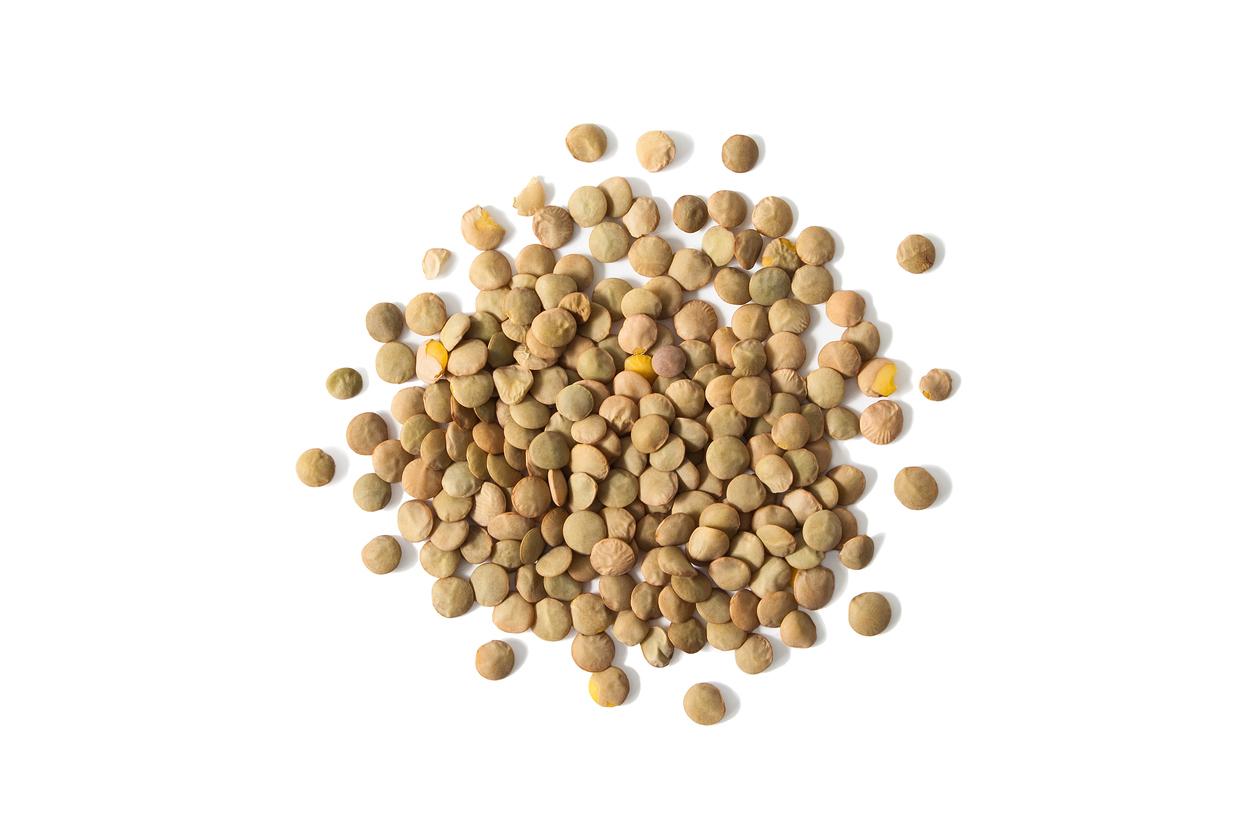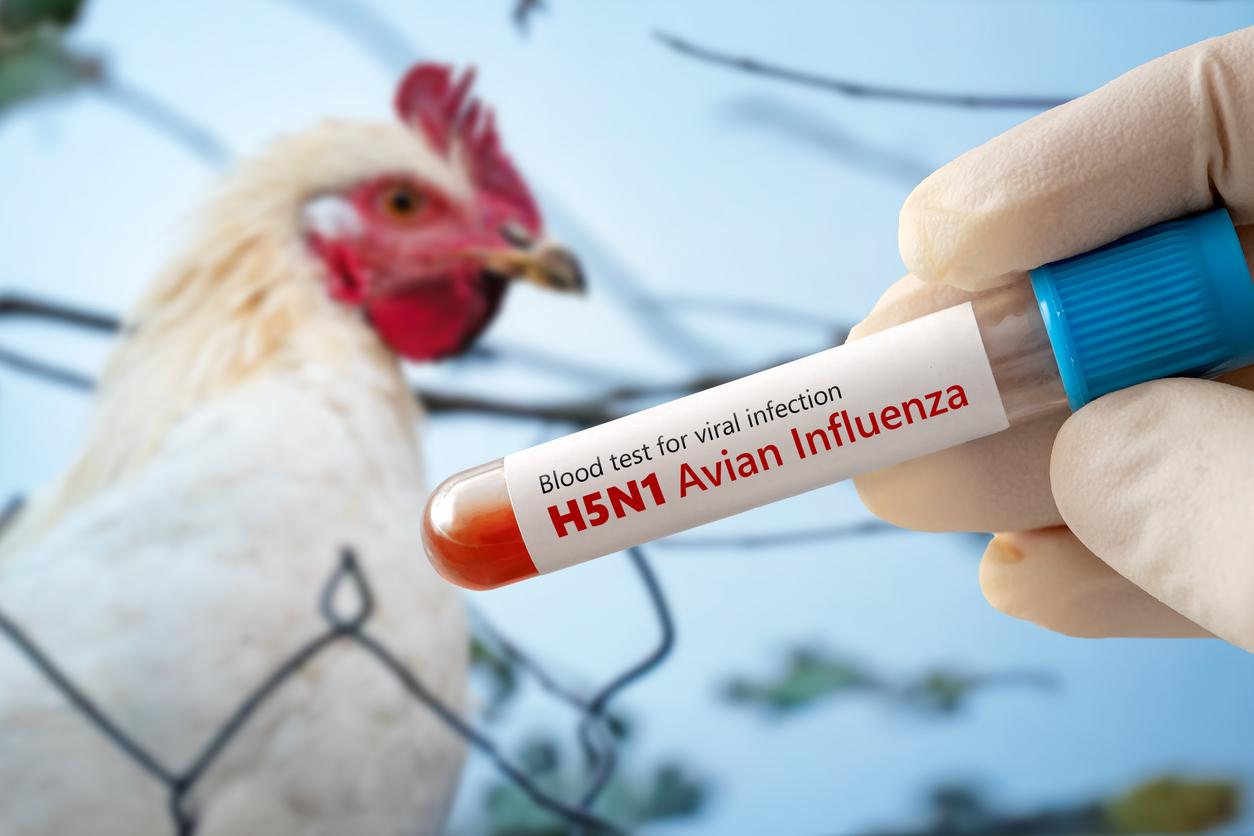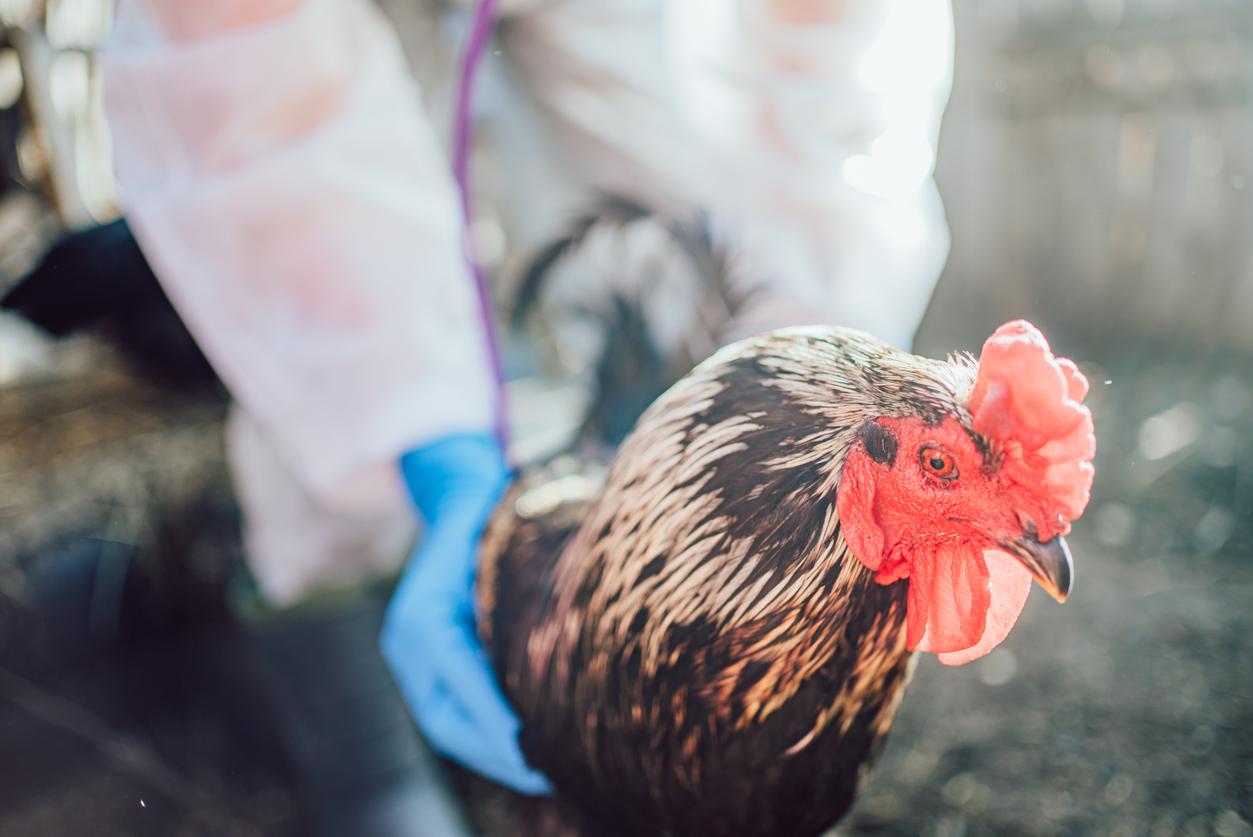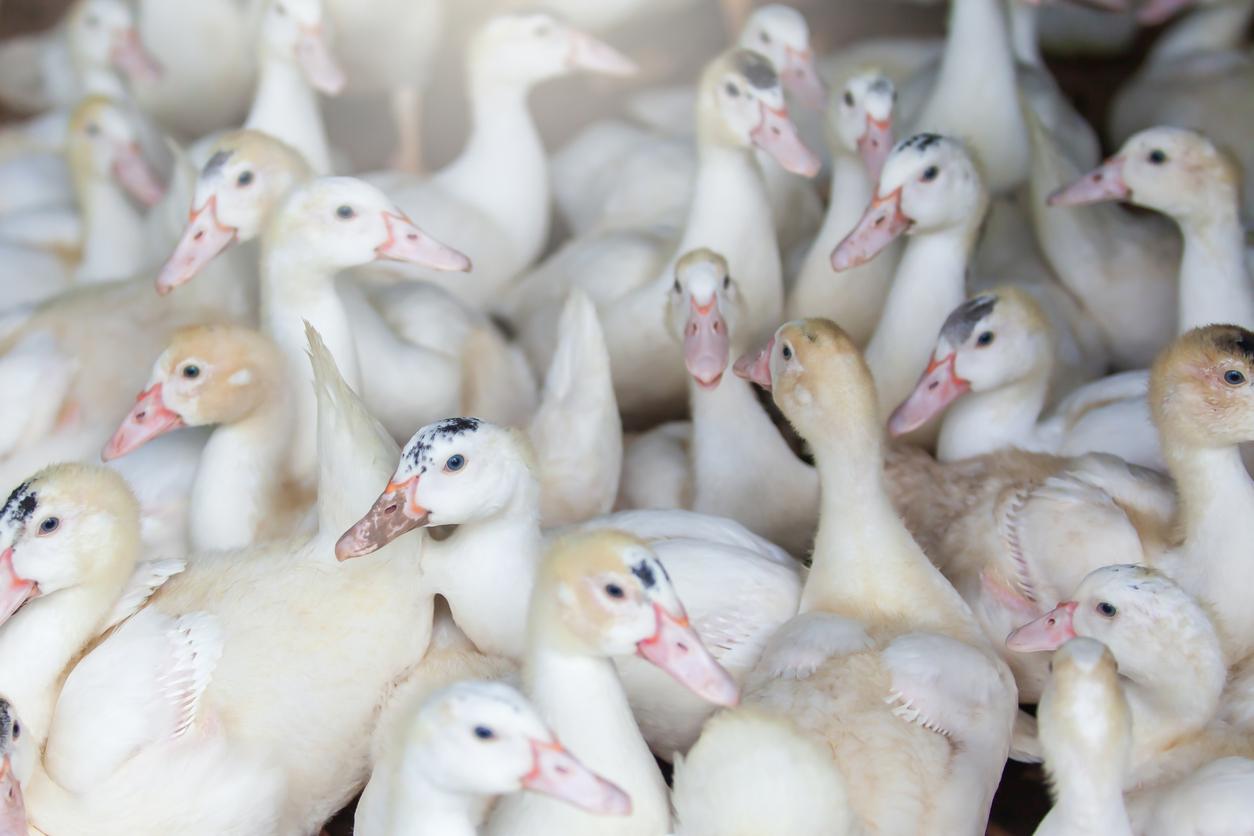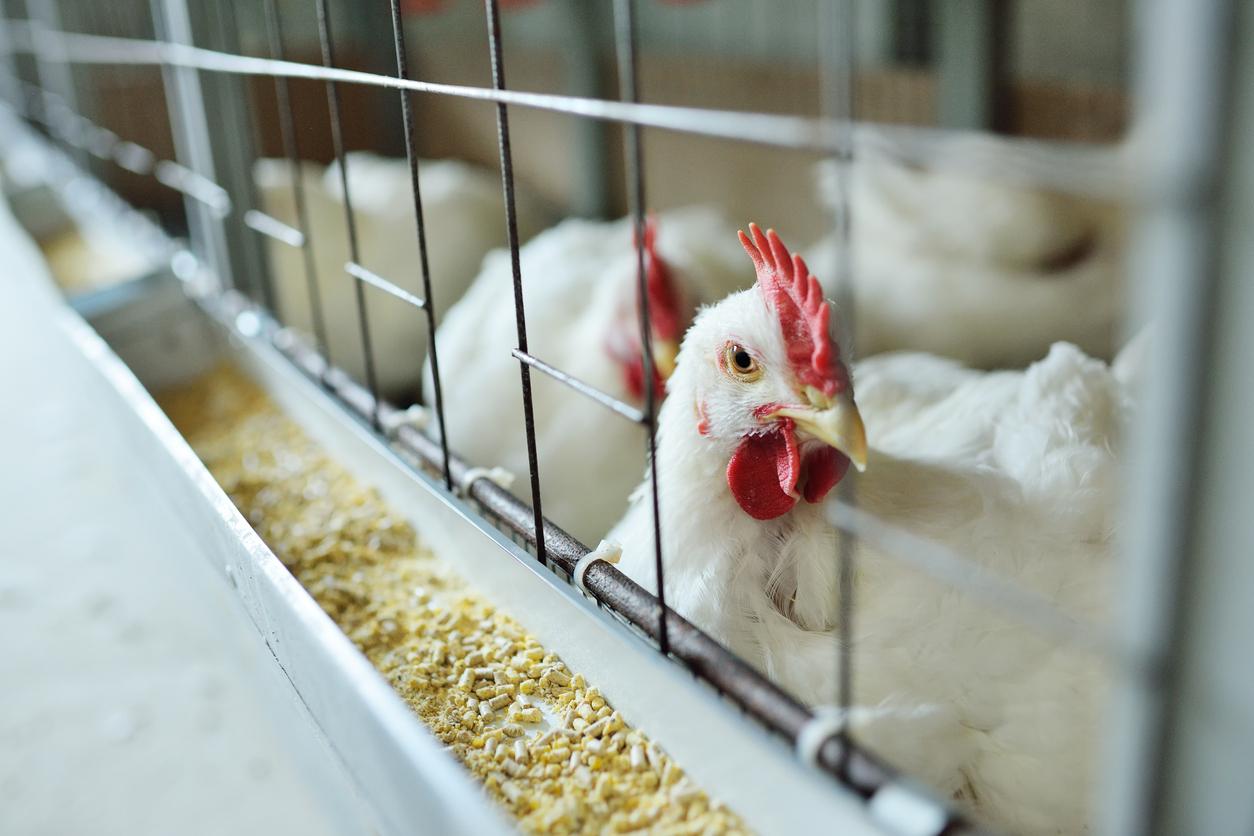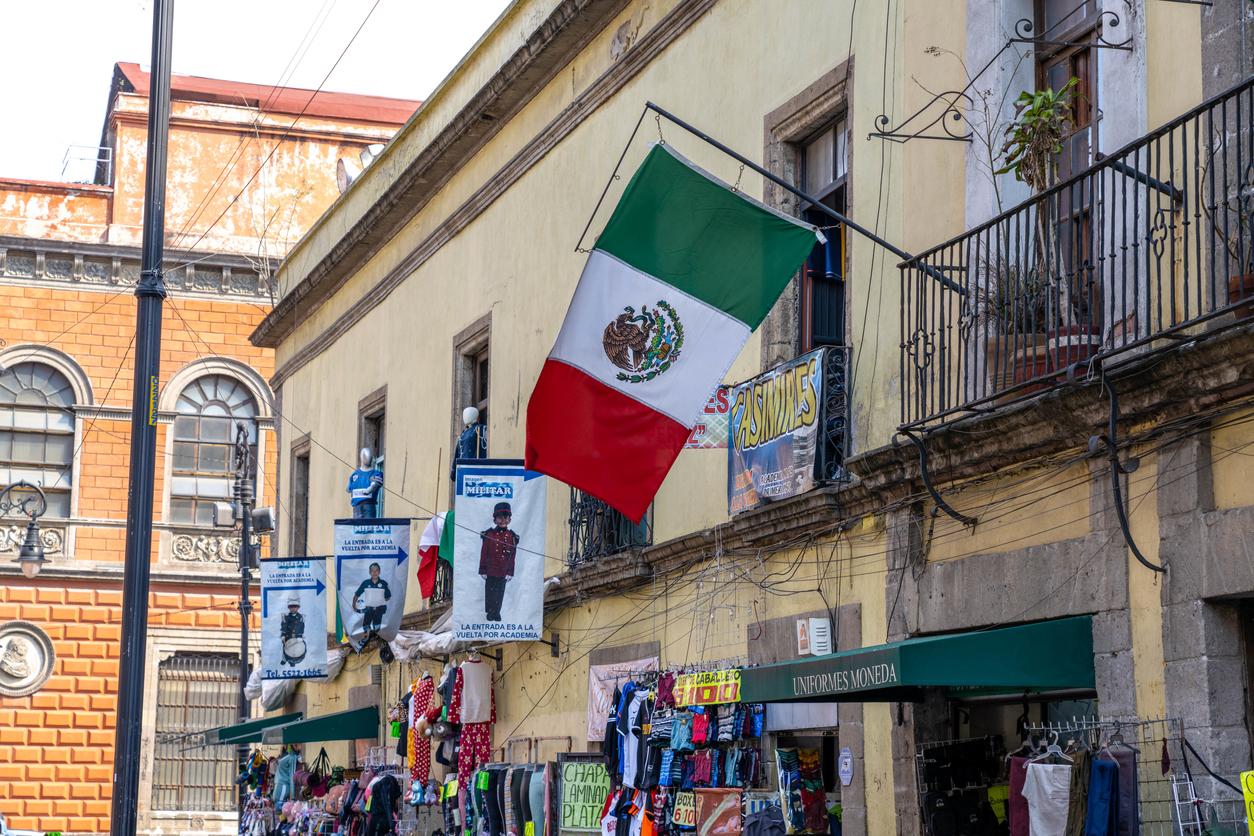Aveyron is once again affected by bird flu. After the outbreak identified last July in the department, a new duck farm was infected.
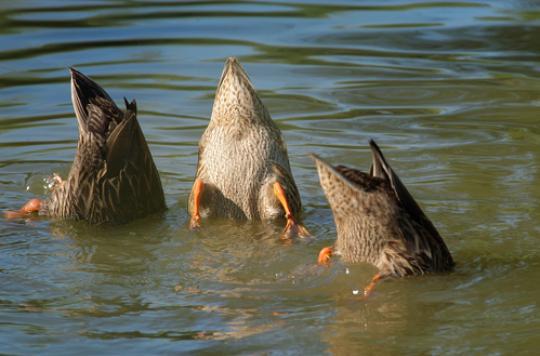
It is a secondary focus of avian influenza which has been detected in Aveyron, the departmental director of social cohesion and protection of the populations of the department, Yves Coche, told AFP. Located in the town of Cruejouls, this outbreak would indeed be linked to the one discovered on July 20 in Vareilles. 11,000 ducks will be slaughtered.
The first cases of H5N1 flu were identified last November. And despite the systematic slaughter of thousands of ducks, geese and chickens, the epizootic continued its course in the region of foie gras. At the end of May, 77 outbreaks had been identified in 8 departments of the South-West. The toll now stands at 81 homes, and two additional departments have been infected.
To stem the epidemic, the Ministry of Agriculture declared a crawl space on April 18. For a month, all palmiped farms in 18 departments remained empty before being thoroughly disinfected. Little by little, the farms were repopulated under drastic biosanitary conditions.
Enhanced surveillance
But unfortunately the H5N1 virus persists, and after the restocking of the farms, a first outbreak was therefore detected in Aveyron in a farm of 2,080 ducks and 2,917 ducklings. All the animals had been slaughtered, and then a cleaning and disinfection operation had been undertaken. “All farms located within a 10 km perimeter will also be subject to enhanced surveillance, in accordance with current European regulations,” said the ministry of Stéphane Le Foll.
It is within the framework of this surveillance that the secondary outbreak of Cruejouls would have been spotted. It is located about 70 kilometers from the home of Vareilles. The infection of livestock was confirmed on Friday, August 5, specifies the Ministry of Agriculture. Here again, all the palmipeds will be sacrificed, before the premises are disinfected. A 3 km protection perimeter has been put in place, and will be coupled with a 10 km surveillance zone.

.



